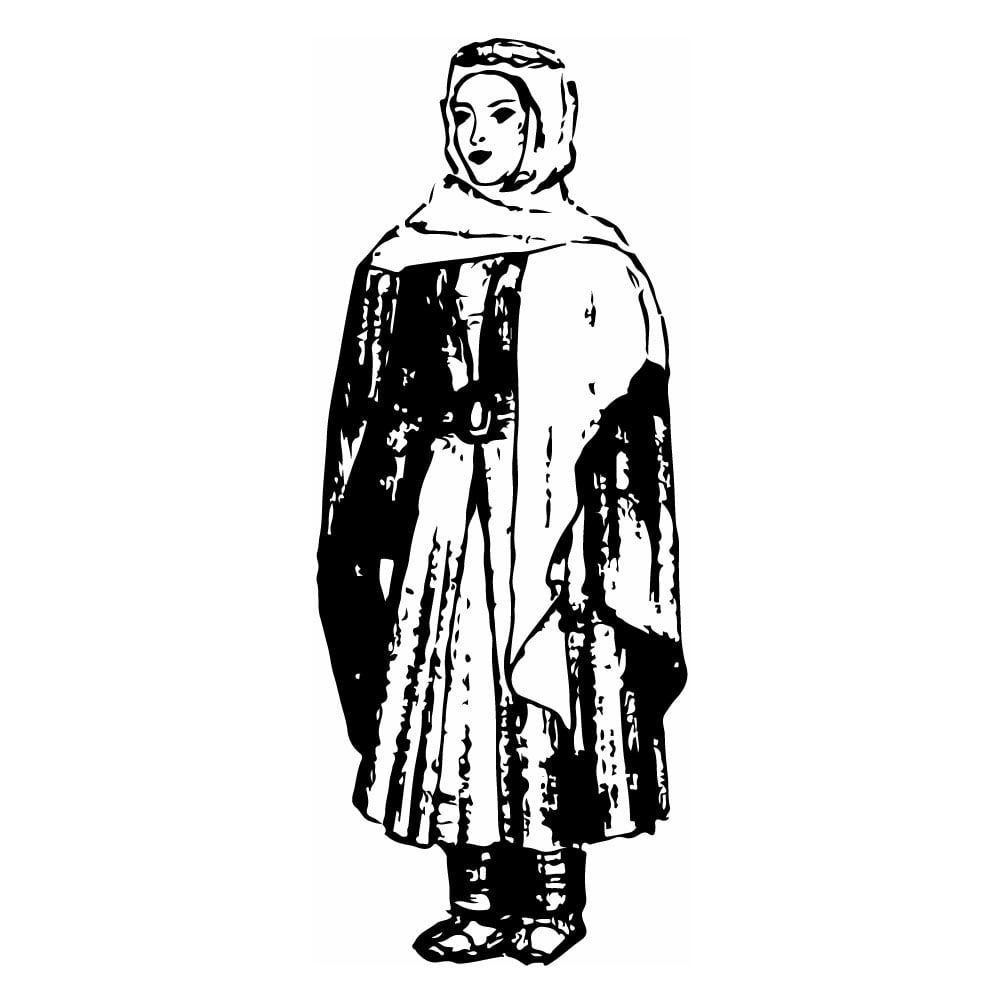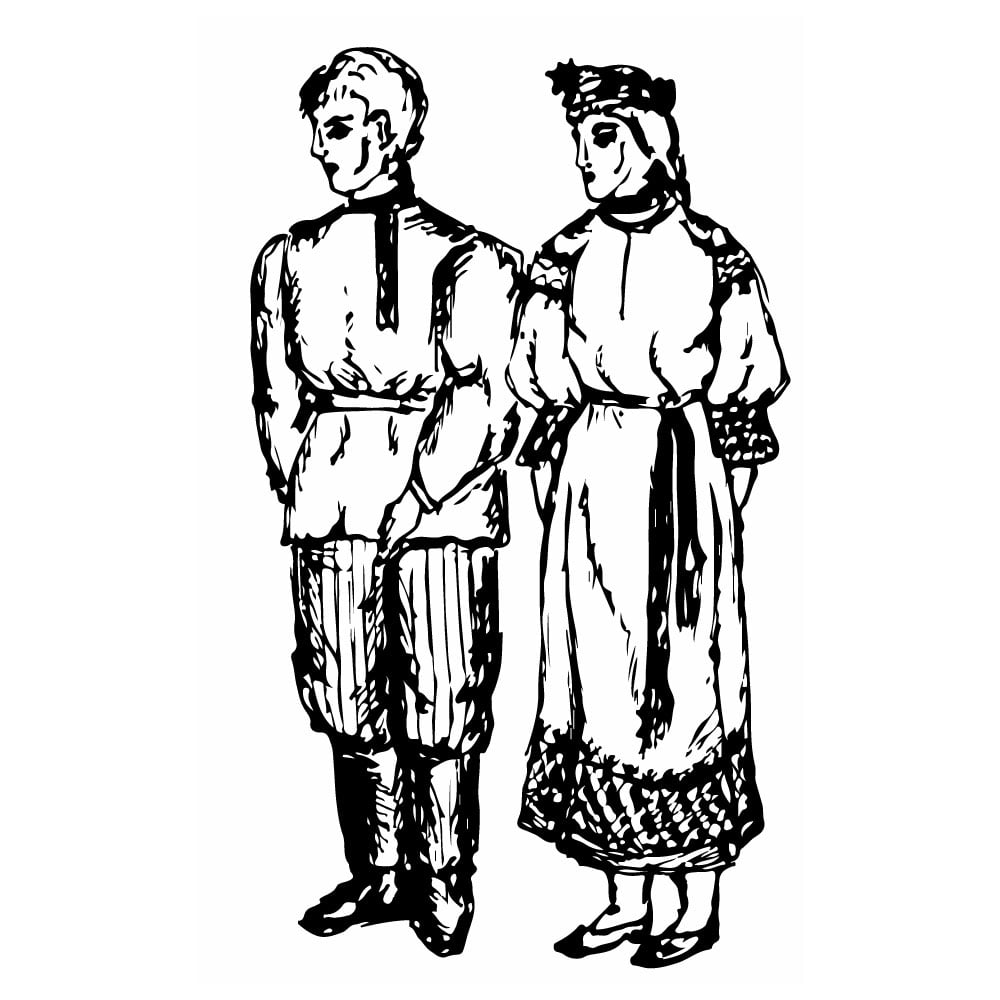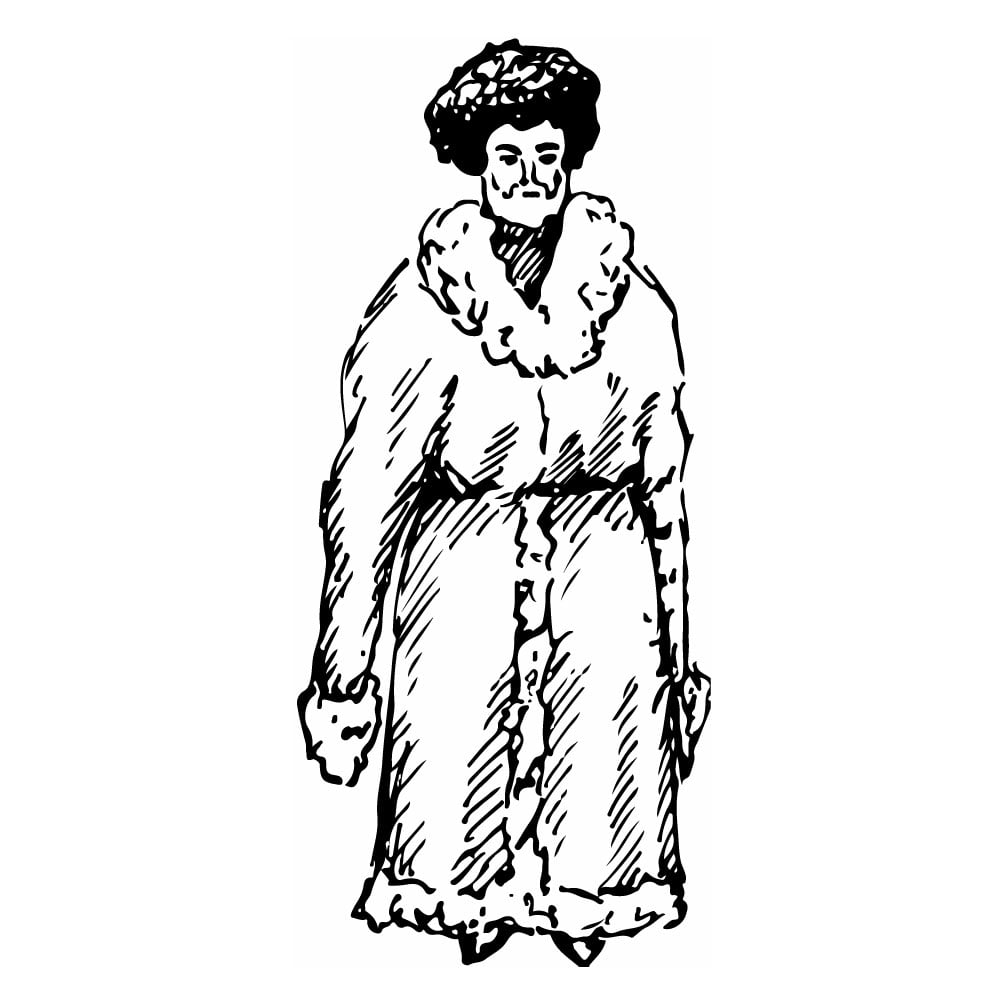Talysh
| Population | 21,000 |
| Language group | Northwestern group of the Iranian languages |
| Language | Talysh |
| Region | Azerbaijan |
| Religion | Islam/Shiite |
*Population estimates for 1994
The Talysh (or Talugs, Talyshon as they call themselves) is a nationality who lives in the extreme southeast of Azerbaijan and northern Iran. The descent of the Talysh can be traced back to the offspring of the local native tribes.
The Talysh have existed since the beginning of history, but there was a period of time when they virtually vanished. This was after Stalin’s historical speech, “On the Drafts of the New Constitution of the USSR.” They, as well as many other small peoples of Azerbaijan, such as the Kryz, Budukh, Khynalykh, quietly sank into oblivion. Everything was done quickly and without a single shot. They were not even taken into consideration in the general census of the population. Russian officials had forced them to identify themselves as the Azerbaijans on the census. The present government of Azerbaijan is doing its best to breathe a new life into the Talysh. Today the Talysh have gained the rights to publish books and periodicals and teach their children in their native language.
Aesthetically, the design of the Talysh house is very simple. Visitors are met with an impressive sense of cleanness, a minimum furniture, and lots of flowers. Talysh beds consist of rolled up mats. The mats are usually covered with heaps of pillows, blankets and carpets.
The Talysh are very hospitable people. Guests are traditionally treated with a dinner of tea, rice porridge, and meat and vegetables. It is customary that while the men eat, not a single family member is to enter the room.
The specific decorations of the Talysh ladies, which date back almost 500 years, consist of very fine earrings, rings and necklaces or shebeke. Oriental ladies generally wore yashmaks, except for those of the Talysh Khanate. Since ancient times, the women have worn a kerchief which covered their nose and mouth. Men have never been allowed to see women’s noses and mouths, as it is considered to be indecent.
The Talysh ornaments are very often decorated with flowers. The Talysh culture strives for beauty. The traditional Talysh handicraft is reed-plaiting.
The Talysh have never been nomadic because the keystone of their economy rests upon the different branches of agriculture. They grow citrus and other fruits, as well as rice and various vegetables. Other forms of horticulture are also popular including cattle farming, which is especially popular in the mountains, and various positions in industry.
The Talysh are an Islamic people. They belong to the Islam-Shiite branch, which was oppressed for a long time. One of the outcomes of this oppression was that many mosques were turned into store-houses. The situation is now being changed. When the mosques were closed down, the Pirs helped the Talysh. Many volunteers are now reconstructing these mosques. One of the places the Talysh people would worship is called a Pir which is a quiet nook, tree, stone, or even a tomb. This is the place where the innermost wishes and sacrifices were made and sins confessed. The Talysh have been able to preserve their pre-Islamic beliefs; however, they still worship Pirs (sacred places).
This is Ad 1





